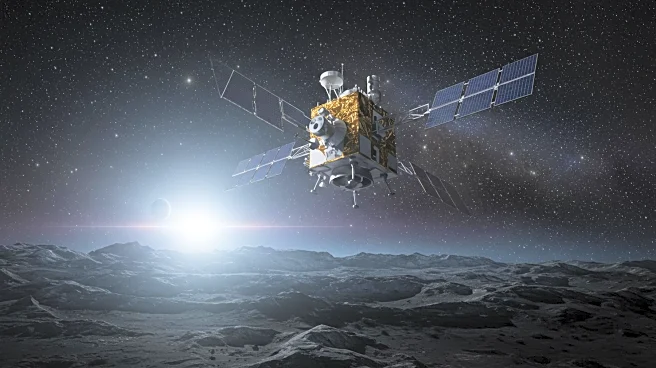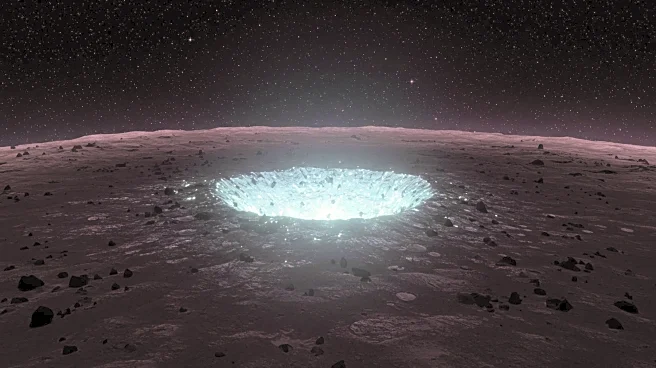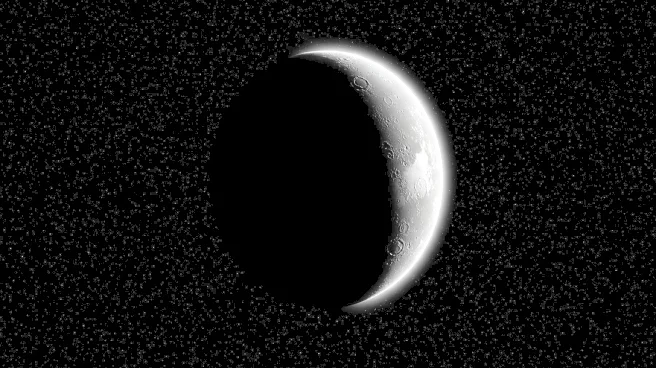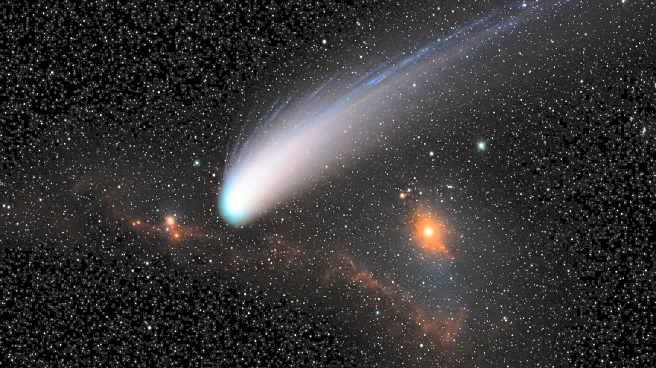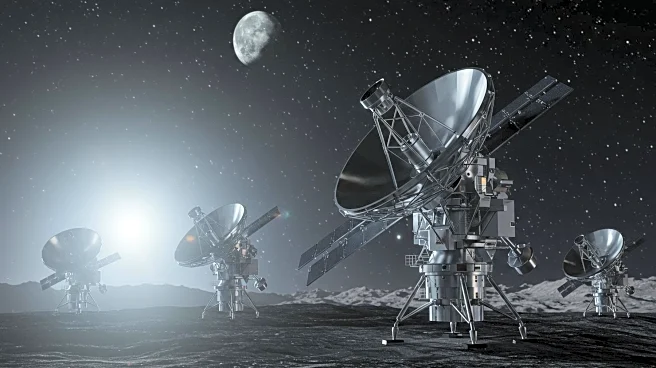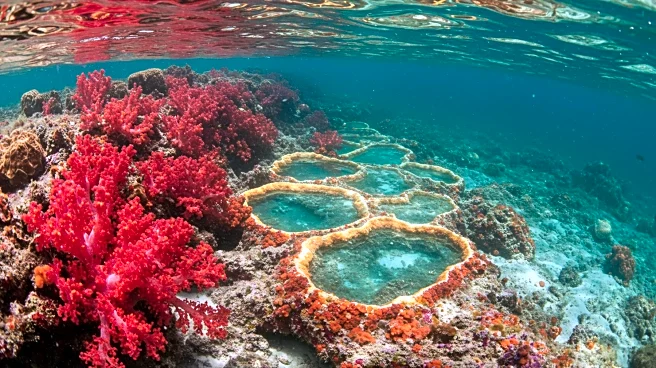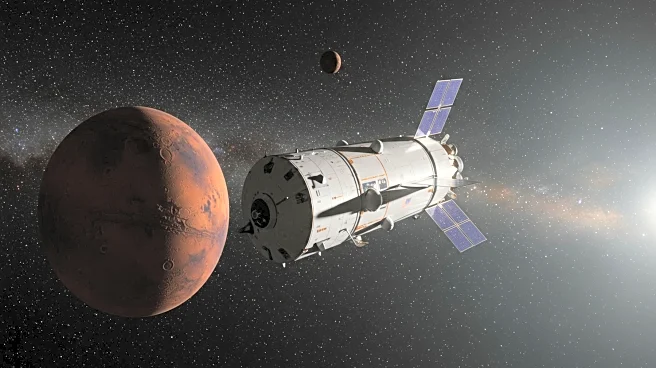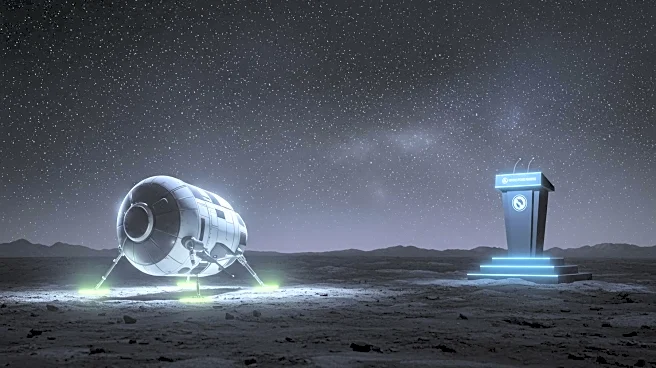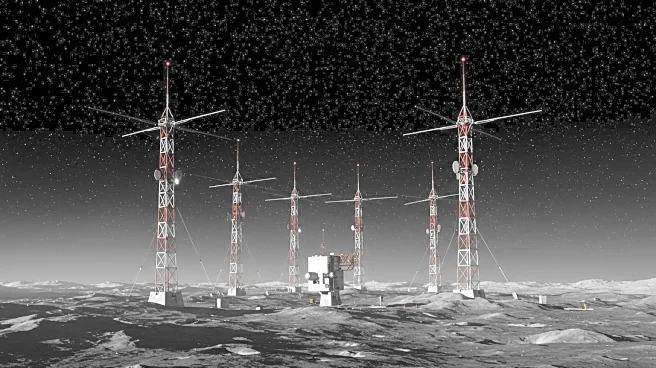What is the story about?
What's Happening?
Recent research utilizing data from NASA's Dawn mission suggests that the dwarf planet Ceres may have had conditions suitable for microbial life. The study, published in Science Advances, indicates that chemical energy within Ceres could have lasted long enough to fuel microbial metabolisms. The findings are based on the transfer of water and gases from Ceres's rocky core to a reservoir of salty water due to internal heating. Although there is no evidence of microorganisms on Ceres, the research supports theories that the planet may have once been habitable.
Why It's Important?
The discovery of potential habitability on Ceres has significant implications for understanding the conditions necessary for life beyond Earth. It suggests that other celestial bodies in the solar system, particularly those with similar characteristics, might also have had periods of habitability. This research could influence future exploration missions aimed at discovering life or its precursors on other planets and moons. The findings contribute to the broader scientific discourse on astrobiology and the search for extraterrestrial life.
Beyond the Headlines
The study highlights the importance of internal heating processes in creating habitable conditions on celestial bodies. It raises questions about the potential for life in other parts of the solar system, particularly on icy moons and dwarf planets. The research underscores the need for continued exploration and study of these bodies to better understand their geological and chemical processes. It also emphasizes the role of international collaboration in advancing space exploration and scientific discovery.
AI Generated Content
Do you find this article useful?
